1. Decorative Windmills

Miniature garden windmills had a moment, especially in the ’80s and ’90s, when rustic lawn ornaments were in fashion. But today, they tend to look kitschy rather than charming. They don’t serve any real function and can distract from your garden’s natural beauty. Plus, those metal blades and parts often rust or break down, adding to the sense of disrepair.
What’s worse, they can compete visually with your plants and hardscaping. A garden should feel like a cohesive whole, not a collection of random objects. Windmills tend to stick out like sore thumbs in modern landscapes. If you want a focal point, consider a sculptural planter or a water feature instead.
2. Stone Wishing Wells
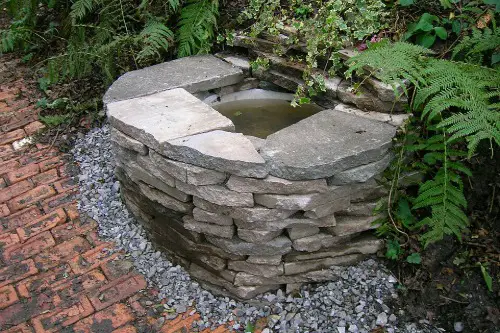
Those little stone or faux-stone wishing wells were once seen as sweet garden accents. They were especially popular in mid-century suburban yards, meant to add a fairytale touch. But in today’s gardens, they feel gimmicky and out of place. Instead of blending in, they often become clutter that interrupts the flow of your space.
The materials also tend not to age well. Cement or faux-stone versions crack and stain over time, making them look neglected. And unless they serve a real purpose, they just take up valuable space. A sleek birdbath or modern planter would add more charm without the outdated vibes.
3. Gazebos with Gingerbread Trim
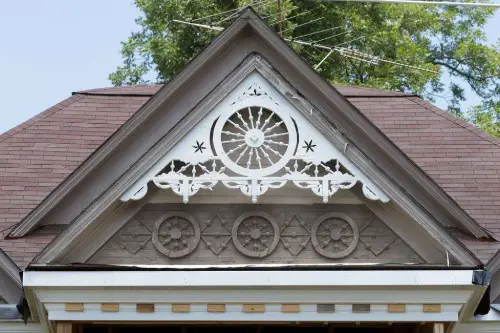
Gazebos can be lovely focal points, but when they’re decked out with ornate gingerbread trim, they start to look like relics from a bygone era. That kind of Victorian-style detail was popular in the 1970s and ’80s during a wave of romantic garden revivalism. Unfortunately, the fussy woodwork now feels out of sync with modern outdoor design. Clean lines and simple shapes are much more in step with contemporary tastes.
These over-decorated gazebos also require a lot of upkeep. The tiny cutouts and scalloped edges trap dirt and mildew, meaning frequent cleaning and repainting. If you’re not maintaining them perfectly, they quickly look shabby rather than charming. Streamlining or removing that trim can give your gazebo a timeless look.
4. Wrought Iron Arbors with Twisted Details
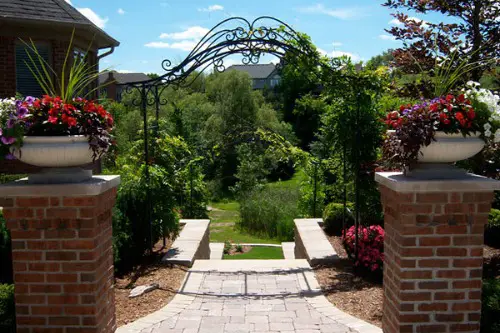
There was a time when black wrought iron arbors with twisted bars and ornate finials felt grand and formal. But nowadays, that heavy, Gothic-inspired style tends to weigh down a garden’s vibe. Today’s garden structures often favor lighter materials and simpler silhouettes. The overly intricate metalwork can clash with natural plantings and make the space feel old-fashioned.
Besides, wrought iron requires regular sanding and repainting to keep rust at bay. When neglected, these structures can look more haunted house than elegant garden. And in many climates, rust spots are almost inevitable, aging the arbor even faster. A powder-coated steel or aluminum arbor offers a fresher, lower-maintenance alternative.
5. Pre-Fab Pergolas with Curvy Rafters
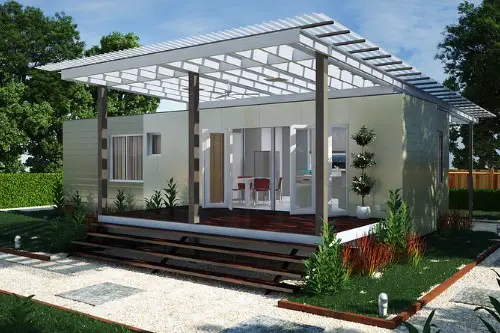
Pergolas are still hugely popular, but those older pre-fab models with curvy or scalloped rafter tails definitely show their age. That style was common in the early 2000s, when garden centers sold easy-to-assemble kits. Unfortunately, the exaggerated curves feel fussy and don’t pair well with the cleaner lines preferred in current designs. A pergola with squared-off ends looks crisper and more timeless.
Beyond style, those older pergolas often used pressure-treated pine that weathers unevenly. They can develop a patchy, gray-green look that’s hard to refresh. And once the decorative ends start to split or warp, the whole structure can seem rundown. Opting for cedar, redwood, or aluminum with simple lines is a smarter long-term move.
6. Garden Bridges Over Dry Beds
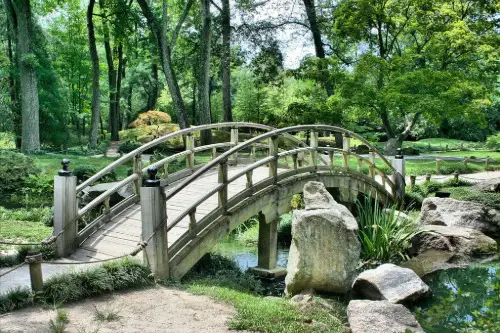
Once upon a time, adding a little wooden bridge over a dry creek bed or tiny pond felt whimsical. But today, these decorative garden bridges often feel forced and fake. Unless you truly have a functional water feature that requires crossing, the bridge serves no real purpose. And that can make your yard look more like a theme park than a thoughtfully designed garden.
These bridges also don’t hold up well unless meticulously maintained. The wood is prone to rotting and the railings often become loose or crooked. A broken or sagging bridge quickly shifts from quaint to eyesore. Instead, natural stone pathways or stepping stones feel more integrated and modern.
7. Rustic Split-Rail Fencing
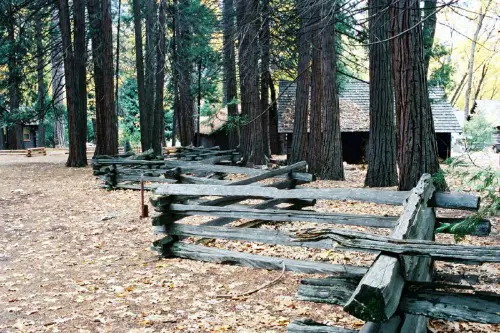
Split-rail fences had their heyday when the country look was all the rage in the ’70s and early ’80s. They were meant to evoke pastoral charm, but now they mostly just look tired and out of place in modern settings. The rough, uneven lines don’t mesh well with today’s neater landscaping. And over time, the wood often splinters, leans, or rots, adding to the sense of decay.
Even if you’re going for a natural feel, there are better choices now. Horizontal cedar slat fences or even living hedges can give you that organic look without dating your yard. Plus, split-rail fences don’t offer much in terms of privacy or durability. Upgrading can improve both form and function in your space.
8. White Plastic Lattice Panels
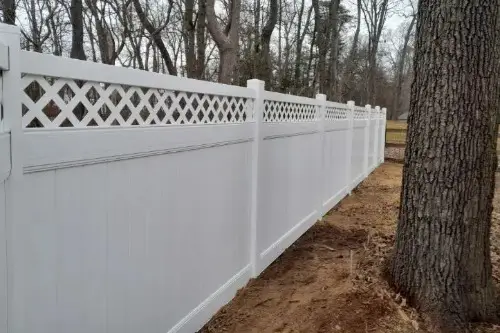
Those flimsy white plastic lattice panels might have been the height of suburban chic in the ’80s and ’90s, but now they scream “dated.” They were often used to skirt decks or create makeshift privacy screens, but they tend to warp and discolor over time. Instead of offering charm, they usually make a garden look neglected or cheap. Swapping them for natural materials like wood slats or metal screens instantly modernizes a space.
The main problem with plastic lattice is that it doesn’t age gracefully. The sun breaks down the material, causing brittleness and yellowing. Plus, the grid pattern tends to clash with today’s cleaner, more minimalist garden styles. A fresh coat of paint won’t save them—it’s better to replace them entirely.
9. Trellises with Fan Tops

Trellises with those distinctive fan-shaped tops had their moment in the late 20th century. They were meant to add a decorative flair while supporting climbing plants. But today, that fan motif feels dated and doesn’t complement the cleaner, geometric styles most gardeners prefer. The shape can also make pruning and training plants awkward compared to simple rectangular forms.
On top of that, older wooden trellises often succumb to rot and warping. Once the fan details start to break or sag, the whole structure looks worn out. Metal or cedar trellises with straight, clean lines age better and suit a wider range of garden styles. Switching to one of these can give your garden an instant update.
This post 9 Garden Structures That Instantly Date Your Yard was first published on Greenhouse Black.
